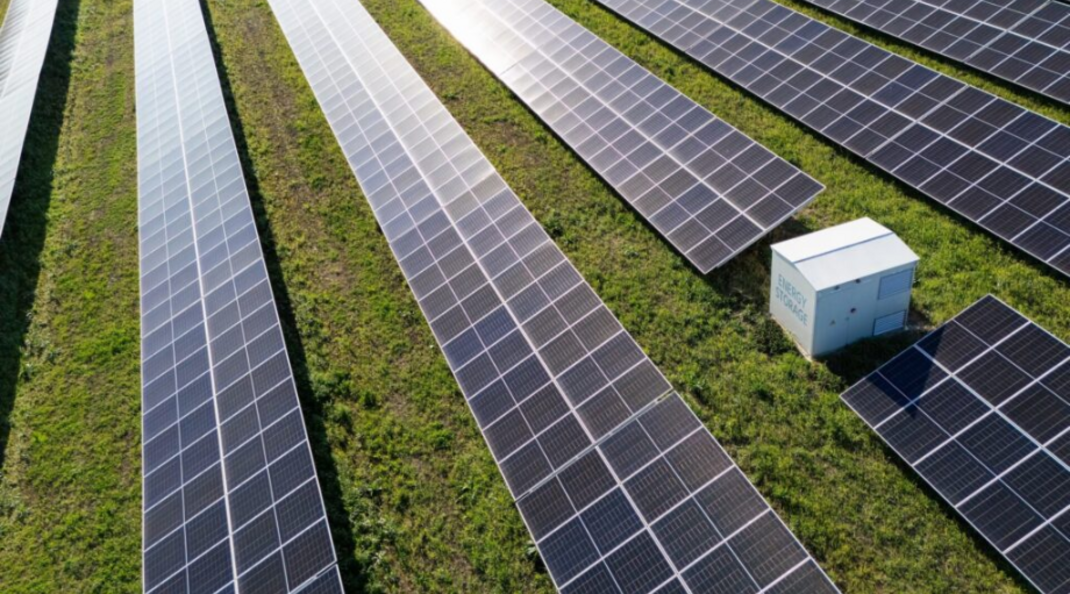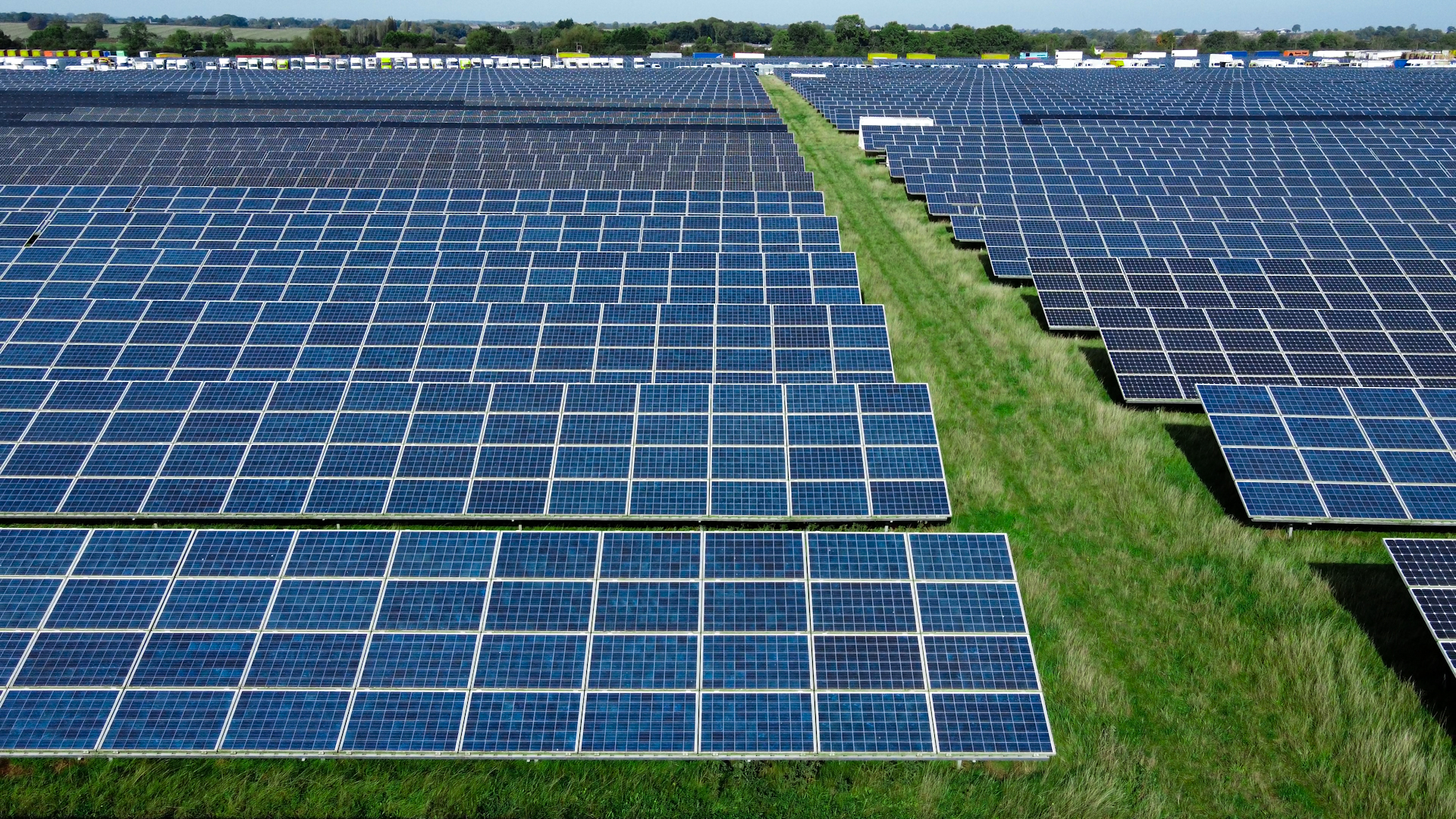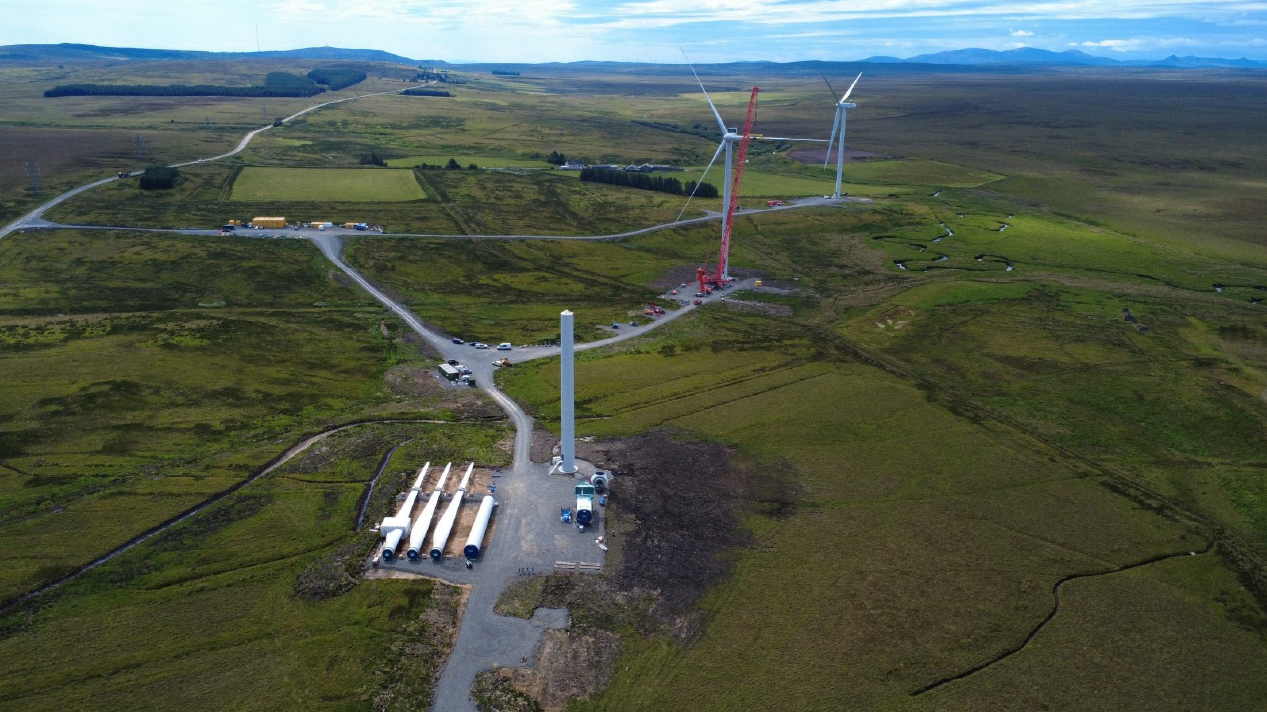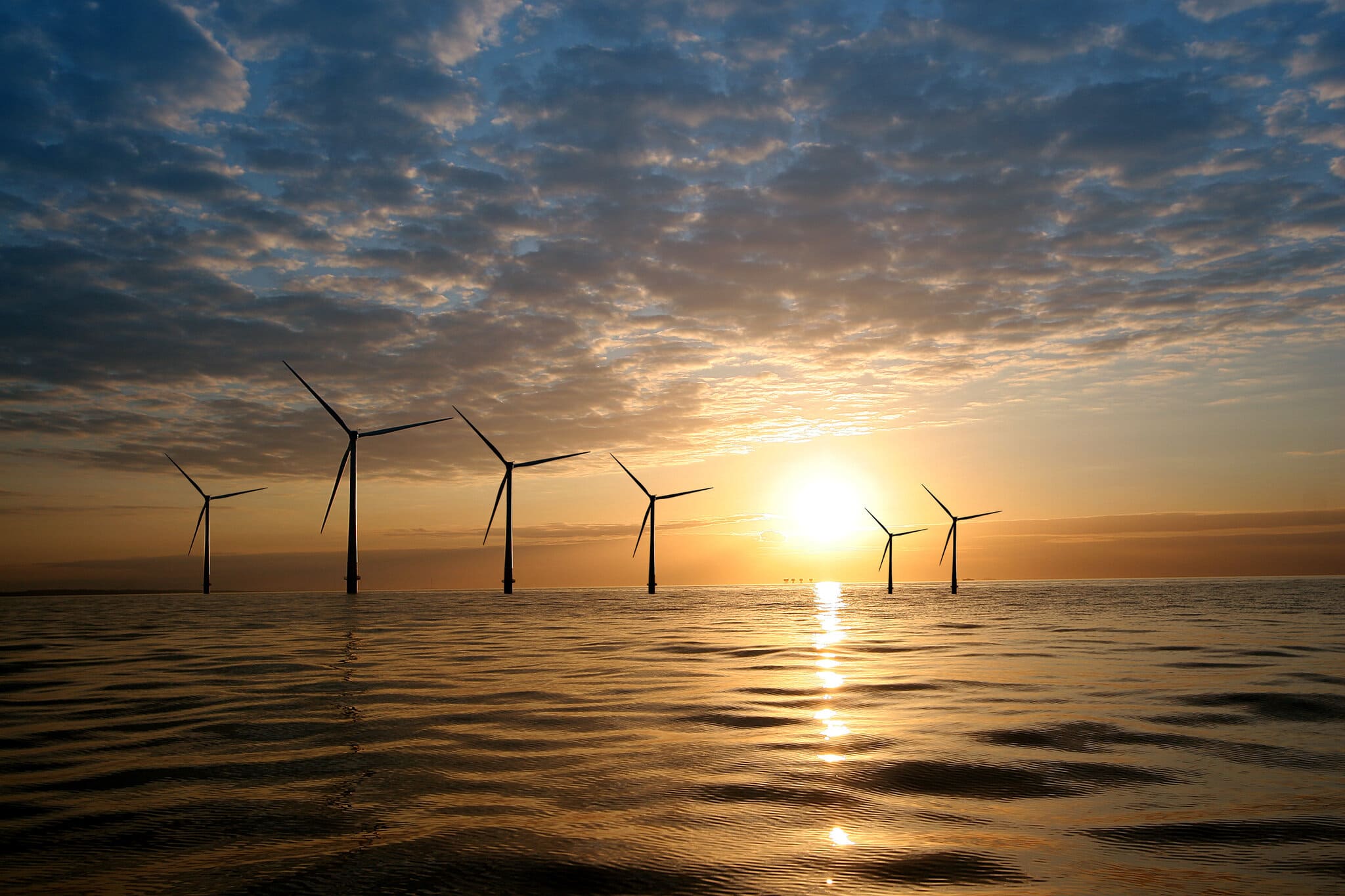Accelerating energy system transformation at COP30
As COP30 focuses on the transformation of global energy systems, Angus Widdowson, explores how co-located renewables, battery storage and grid reform are proving that rapid, scalable decarbonisation is achievable within complex market structures.

As COP30 comes to an end in Belém, Brazil, world leaders are pushing the biggest shift of the decade: tripling renewable energy, doubling energy efficiency and moving decisively away from fossil fuels. From our vantage point in the UK market, working closely with developers, suppliers and large energy users, these goals feel ambitious but within reach. The pace of change we’re seeing on the ground is already challenging long-held assumptions about what the system can deliver.
Renewables have overtaken coal as the world’s largest source of electricity, a milestone that brings both momentum and complexity. Across our conversations with customers and partners, one theme keeps surfacing: new clean generation is arriving faster than the network can integrate it. The infrastructure built for centralised fossil fuel plants is being stretched to accommodate a decentralised, variable and data-driven energy mix. Without faster grid, valuable renewable power risks being curtailed or stranded.
At SmartestEnergy, we’re seeing practical solutions emerge. From the rise of co-located solar and battery projects to new commercial models that optimise flexibility, the building blocks of transformation already exist. The challenge now is scale: aligning technology, policy and investment so these solutions can multiply across the system.
Solar and storage
One area where this shift is most visible in our day-to-day work is co-located solar and battery projects. Not long ago, these schemes were treated as niche or experimental. Today, they are being developed and contracted at pace.
The logic is simple: solar delivers low-cost renewable power, while the battery is used to balance grid supply and demand. This balance strengthens reliability and helps the grid accommodate more renewable generation without compromising system stability.
In the UK, developers are now signing contracts that link the route to market for the solar component with an optimisation agreement for the battery – a sign that the market has reached new levels of maturity. These hybrid structures reduce exposure to volatility and make the economics stack up for a wider range of investors. If current trends hold, co-located solar-plus-storage will be a mainstream feature of the UK generation mix well before 2030.
Modernising the grid to unlock progress
A recurring message at COP30, one we strongly agree with, is that renewables alone won’t deliver decarbonisation. The grid must evolve at the same speed.
In the UK, many projects we see in the pipeline are ready to build but waiting years for a connection. Meanwhile, less viable schemes still hold reserved capacity. Ongoing reforms are starting to correct this imbalance, prioritising projects that are ready to deliver and releasing unused capacity back into the queue. Those changes are already helping unlock near-term gains in clean generation.
But grid connections are only part of the picture. The system of the future will need to be more dynamic, decentralised and digitally coordinated. From improved control systems to greater interconnection and wider deployment of storage, the UK – and many other advanced markets – will need sustained investment to meet the ambition set out at COP30.
Delivering transformation at scale
For us, the most encouraging element of COP30 is that much of the transformation being discussed globally is already visible in the UK market. Co-located projects are entering operation, connection reforms are taking effect and capital is flowing into flexibility solutions. These aren’t theoretical signals; they’re changes we engage with in our daily work.
The task now is scale. When generation, storage and a modernised grid operate in sync, they form the foundation of a future energy system - cleaner, more efficient and ready to support new forms of demand.
Tripling renewables is more than a conference ambition; it reflects where the market is naturally heading. The technology works. The economics are strengthening. Investors are engaged. Momentum is building across the value chain.
What happens next will depend on how quickly we can transfer early successes across the entire system. From what we’re seeing, the shift is already underway.

Secure your route to market with a PPA
With a wealth of experience in providing secure route-to-market solutions to generators across all technology types, we are a bankable PPA partner you can rely on to support your renewable energy project.






